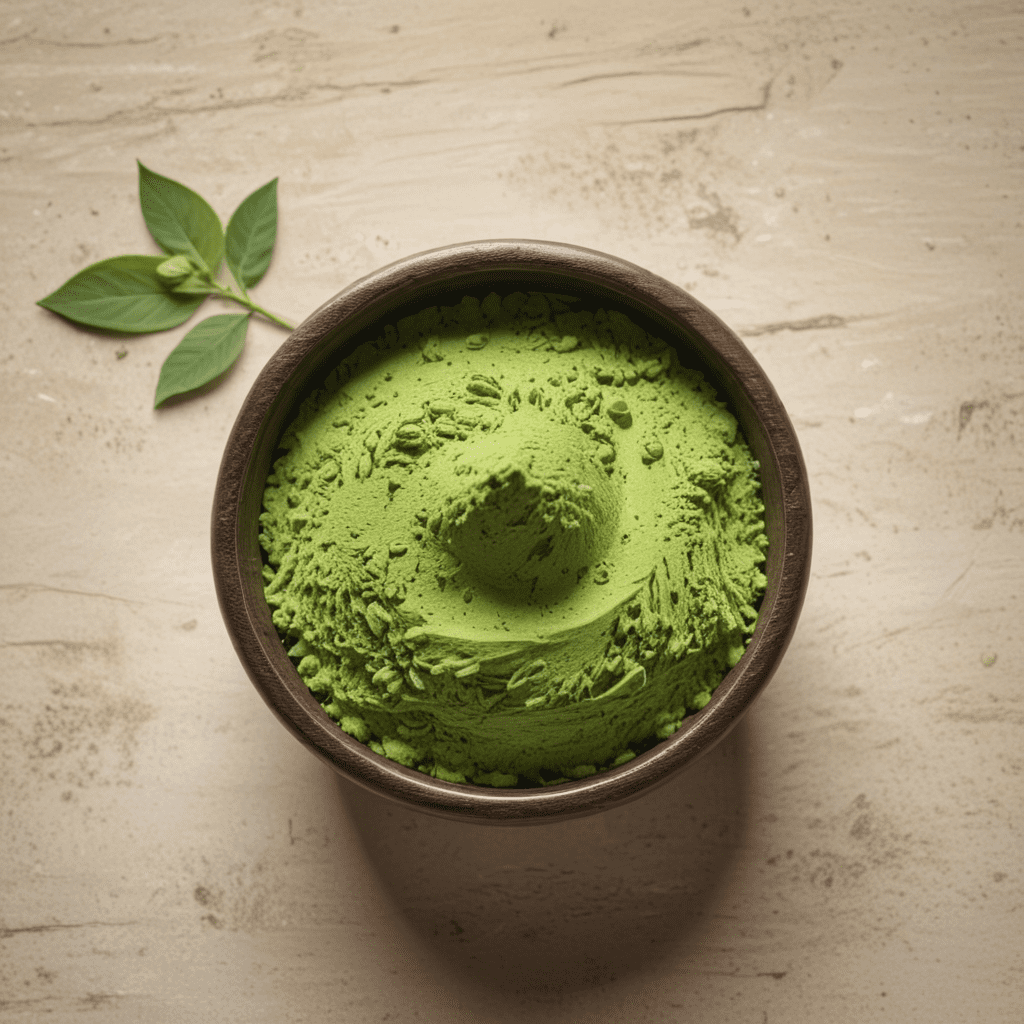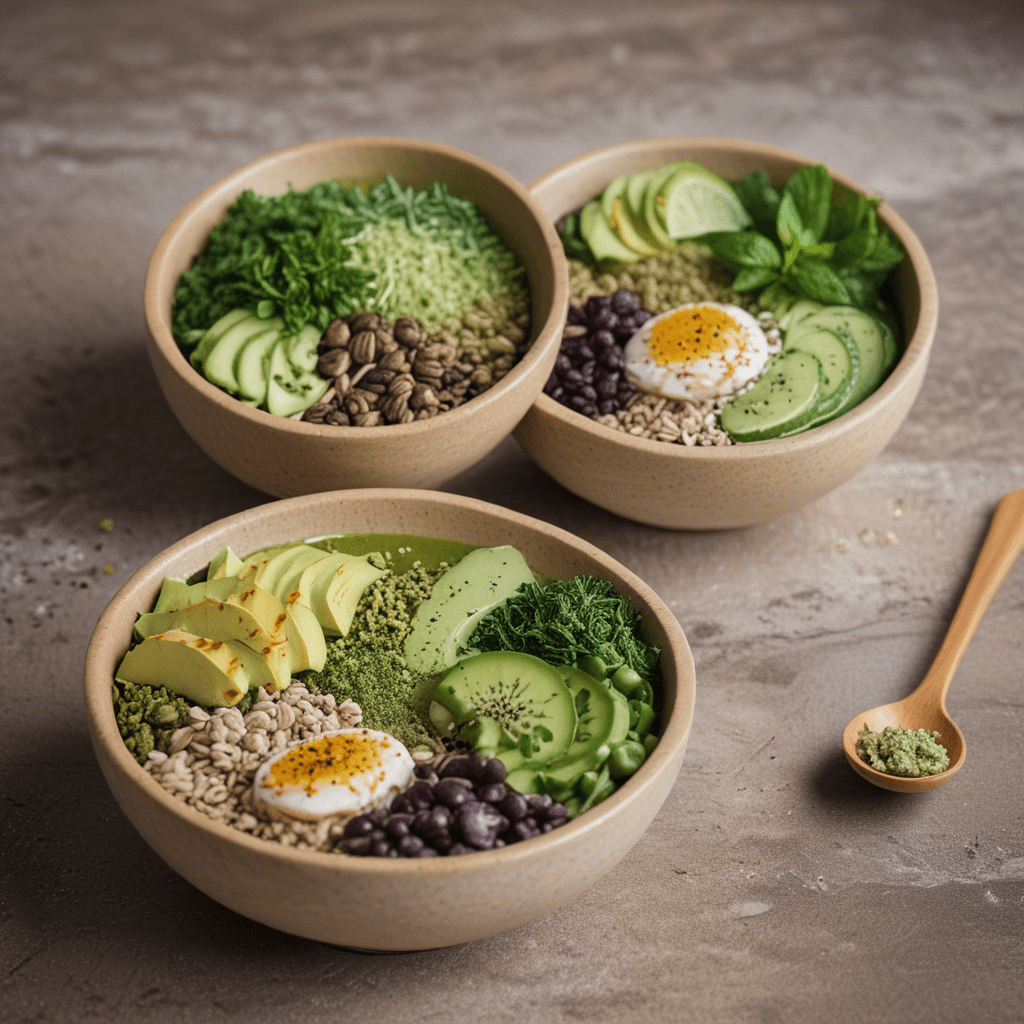
Matcha Green Tea: A Superfood in Your Cup
Introduction
Matcha green tea is a vibrant green powder made from finely ground tea leaves. It is a potent superfood with an extensive history in Eastern cultures, particularly in Japan, where it plays a central role in the traditional tea ceremony. Matcha boasts a unique nutritional profile and a wide range of health benefits that have made it a popular choice for those seeking a healthy and flavorful beverage.
History and Origin of Matcha
The origins of matcha can be traced back to ancient China, where it was first used as a medicinal herb. During the 12th century, Japanese Zen Buddhist monks brought matcha to Japan, where it was incorporated into meditation practices and tea ceremonies. Over the centuries, matcha became an integral part of Japanese culture and is now recognized as a symbol of harmony, respect, and tranquility.
Nutritional Profile of Matcha
Matcha is exceptionally rich in antioxidants, particularly polyphenols called catechins. Catechins are powerful compounds that protect cells from damage caused by free radicals. Matcha also contains high levels of caffeine and L-theanine, which provide a balanced and sustained energy boost without the jitters or crashes commonly associated with coffee.
VI. How to Prepare and Enjoy Matcha
A. Traditional Tea Ceremony
The traditional tea ceremony is an elaborate ritual that embodies the principles of Japanese culture. It involves specific utensils, gestures, and a precise sequence of steps. Matcha is whisked with a bamboo whisk called a chasen in a bowl called a chawan until a smooth, frothy consistency is achieved. The tea is then served in small cups and consumed in a contemplative and appreciative manner.
B. Modern Whisk and Froth Method
For a more convenient method, you can use a whisk or frother to blend matcha powder with hot water. Add a teaspoon of matcha powder to a cup or bowl and gradually pour in 8 ounces of hot water (around 175°F). Whisk vigorously for about 30 seconds, or until a frothy layer forms on top.
C. Adding to Smoothies and Lattes
Matcha's versatility extends beyond traditional tea preparation. It can be added to smoothies, lattes, and other beverages for a vibrant green color and an antioxidant boost. Simply blend matcha powder with your favorite fruits, vegetables, or milk and enjoy.
VII. Side Effects and Safety Considerations
A. Caffeine Sensitivity
Matcha contains caffeine, which can affect individuals differently. If you are sensitive to caffeine, it's recommended to consume matcha in moderation or avoid it altogether. Excessive caffeine intake can lead to anxiety, jitteriness, and sleep disturbances.
B. Potential Heavy Metal Contamination
Some matcha teas may contain traces of heavy metals due to the accumulation of these elements in tea leaves. Reputable brands typically test their products for heavy metals and adhere to strict quality standards to ensure safety.
VIII. Ethical and Sustainable Sourcing
As with any agricultural product, the ethical and sustainable sourcing of matcha is of utmost importance. Look for brands that prioritize organic farming practices, fair labor conditions, and environmental conservation. By supporting sustainable matcha production, you can contribute to a healthier planet and a brighter future for tea farmers.
IX. Conclusion
Matcha green tea is an extraordinary beverage with a rich history, impressive nutritional profile, and a wide range of health benefits. Its vibrant green color, earthy flavor, and balanced energy boost make it an excellent choice for those seeking a healthy and flavorful alternative to regular tea or coffee. Whether you savor it in a traditional tea ceremony or incorporate it into modern recipes, matcha is sure to enrich your daily life with its remarkable qualities.
FAQ
Q: What is the difference between matcha and regular green tea?
A: Matcha is made from finely ground whole tea leaves, while regular green tea is made from steeped tea bags or loose tea leaves. This difference in preparation results in a higher concentration of antioxidants and catechins in matcha.
Q: How much caffeine is in matcha?
A: The caffeine content in matcha varies depending on the brand and brewing method. On average, one teaspoon of matcha contains around 30-50 milligrams of caffeine, which is about half the amount found in a cup of coffee.
Q: Is matcha safe for pregnant women?
A: Pregnant women should consult with their healthcare provider before consuming matcha due to its caffeine content. While moderate caffeine intake during pregnancy is generally considered safe, excessive caffeine can have adverse effects.

